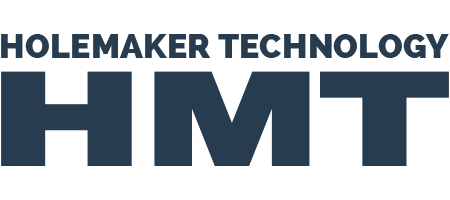The ISO Materials classification system is a internationally recognised system to identify and classify common engineering workpiece materials, in order to assist with cutting tool recommendations.
While there is a general common grid, there are differences between manufacturers as to some of the sub-groups and overlapping areas. This identifier is part of a series of articles to give a helpful overview of the system
The 6 Categories are
STAINLESS STEEL - Group M
CAST IRON - Group K
NON-FERROUS - Group N
SUPER-ALLOYS - Group S
HARDENED STEEL - Group H
This series will provide
- Jargon-free explanations of each category
- The key characteristics and properties
- Other common names and examples for the materials in each group
- The typical applications and uses
Common challenges with material identification in the portable drilling sector include
- Repairs and maintenance to older structures or machinery where the original material grade cannot be readily indentified
- Establishing if the material has been affected by heat treatment- this could be intention heat treatement such as annealing or tempering in order to increase the hardness, or it could be unintentional heat treatment such as a piece of machinery that generates heat during its intended use
- Heat affected zones from profiling machines such as oxy-fuel, plasma, or laser cutters. Typically these HAZ are found along the cut edge of a plate, or where a hole has been cut. It can be very difficult to verify the true hardness of the material in a heat-affected zone.
